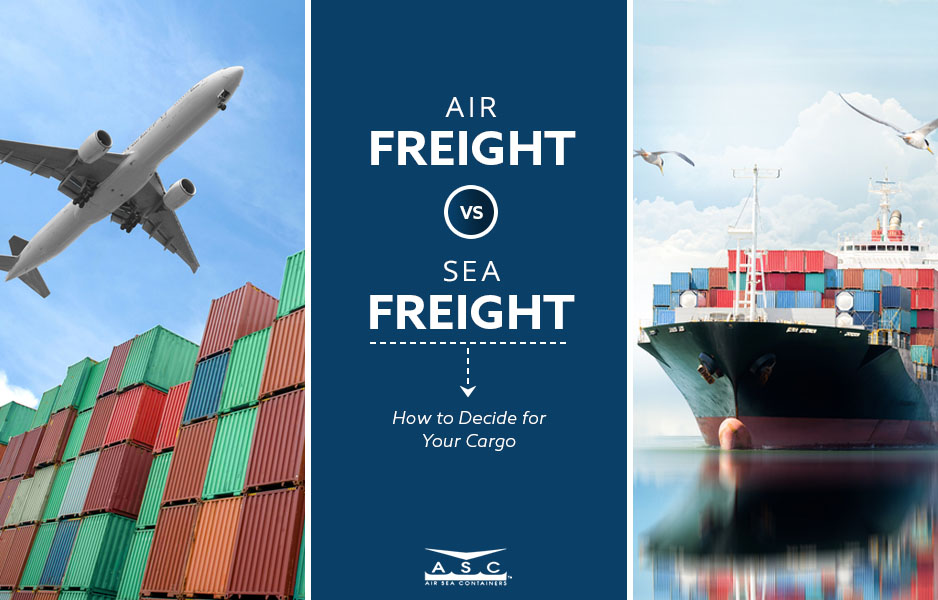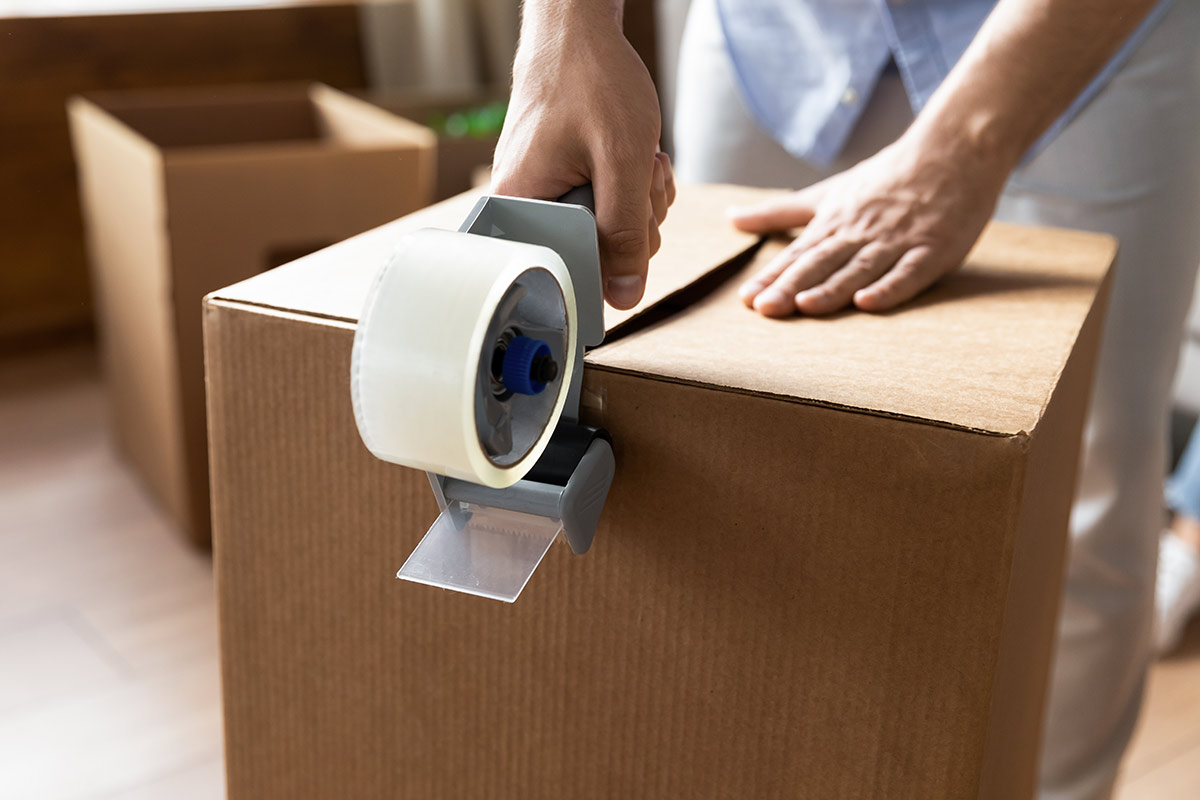Farmers use IBC totes to carry food ingredients, while pharmacists use them to transport chemicals. Cleaners carry soap and other solvents, and manufacturers store products, such as molasses or oils, in IBC totes. They are often used to transport or store dangerous goods or hazardous materials. Many also rely on IBC totes to transport a safe water supply.
The type of IBC tote you purchase depends on what you intend to transport in it. One of the most common sizes used is the 330-gallon. Here are some unknown fun facts about the 330-gallon IBC tote:
It Is the Size of a Standard Pallet
An IBC Tote is a large plastic container made of High-Density Polyethylene (HDPE) that is bound in a metal cage. These can be moved or stacked easily by a forklift. The 330-gallon IBC tote is considered a standard size, as it has the same footprint as a 275-gallon tote. Both are also the same standard size as your typical, full-size pallet. Their size makes shifting and transporting IBC totes a simple process.
It Weighs Almost as Much as a Baby Elephant
Each of these highly efficient, 330-gallon IBC totes weighs approximately 145-195 pounds. To put this in perspective, this is just shy of the weight of a baby elephant. That might sound like a lot, but, given its standard size, these totes are considered a surprisingly efficient weight for the volume of storage they provide.
It Takes Up Less Space but Holds More Volume
One 330-gallon IBC tote takes up less space than six 55-gallon drums, yet it holds about 25% more volume. This volume is possible because of the design and space of the plastic tote.
Purchase It New or Expect to Clean It
Not all 330-gallon IBC tanks are food-grade totes. If you are storing or transporting a food product, you must ensure you are using the proper tote. You do not want to risk poisoning someone because hazardous chemicals were previously stored in the IBC tote. For this reason, it is a best practice to purchase new tanks. If cleaning is needed, you can easily clean it out using a pressure washer or by using dish soap, baking soda, and water.
Some Totes Can Transport Flammable Liquids
The 330-gallon IBC tote is frequently used to transport hazardous and flammable materials and goods. These liquids are transported according to the Code of Federal Regulations and the United Nations’ Recommendations on the Transport of Dangerous Goods. However, composite IBCs are not recommended for this use, as they are combustible.

Just Because It Is Approved by the DOT, Doesn’t Mean It Is Approved for Storage
The Department of Transportation (DOT) does not regulate commodities in storage. NFPA 30 rules place restrictions on what type of IBCs are allowed in warehouses. They also set limits on the liquid types permitted inside of the IBC totes.
Emptying It Out Is Surprisingly Easy
One of the nicest features of the 330-gallon IBC tote is its outflow valve at the bottom. This means that emptying them is simply a matter of turning a knob. With other containers, you are often left trying to pump out your liquids. This is not the case for IBC totes. It is equally easy to set up an outdoor feeding system by adding couplers and turning the valve into an effective spout or sprinkler.

Rainwater Collection Is One of Its Most Common Uses
Depending on the climate where you live, you might depend on seasonal rainfall for much of your non-drinking water supply. While many often turn to a drum for rainwater collection, it is not the ideal choice. Remember, a 330-gallon IBC tote holds more volume than six of those drums. This means those smaller containers will fill up very quickly, and it is not efficient to lug around multiple, non-stackable containers.
IBC totes are an ideal solution for rainwater collection. 330-gallon IBC totes can easily be stacked and shifted. Three of these IBCs stacked 3 feet tall would allow for almost 1,000 gallons of water in a footprint no larger than a standard pallet!
You Might See Them Being Used in Non-Conventional Ways
A quick Google search for IBC tote ideas will reveal there are many non-conventional uses for a 330-gallon IBC tote. IBC totes are used for a variety of purposes, ranging from aquaponics to light-up bars at events.
Conclusion
IBC totes are containers that are specialized for shipping and storing a lot of liquids or materials. They are designed in a manner that minimizes space while maximizing the volume that can be stored in the containers.
The 330-gallon IBC tote has many uses throughout varying industries. This makes for some fun commonly unknown facts. One such fact is that these totes weigh almost as much as a baby elephant yet are the size of a standard pallet.
Some IBF totes are used to transport hazardous or flammable liquids, while others are used for aquaponics or rainwater collection. It is important to select the proper IBC tote carefully.











